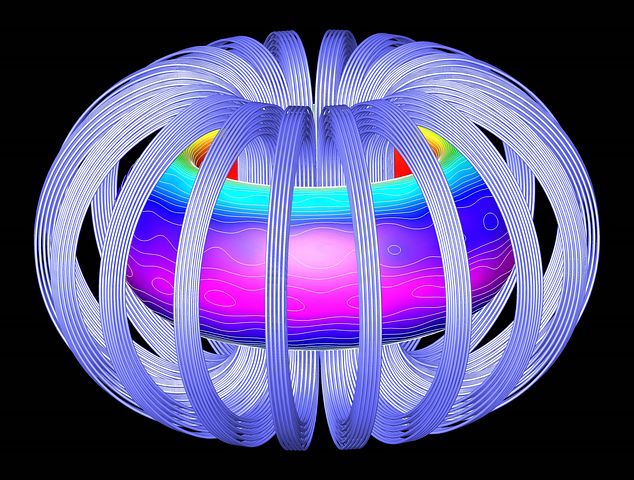A reliable and reproducible, single-molecule photoswitch that conducts electricity in both directions paves the ways for faster, smaller computers

Scientists have developed a new technique for turning superconductivity on and off, paving the way for new electronic and magnetic devices, according to a study published in Physical Review Letters.
Below certain temperatures iron-based superconductors can conduct electricity with virtually zero resistance, and exhibit superconducting and magnetic behaviours at the same time. Scientists, however, still lack detailed understanding of the complex atomic-level properties that underlie this behaviour.
Led by researchers from the Korea Advanced Institute of Science and Technology, a team of physicists from South Korea and the United States have used a spin-polarized scanning tunnelling microscope to pass a metal tip just a few atoms wide over the surface of an iron-based superconductor, allowing them to probe its magnetic and electronic properties to be turned on and off.
The work could lead to new memory devices and transistors that can control superconductivity.
This article was first published by Springer Nature. Read the original article at https://www.natureindex.com/article/10.1103/physrevlett.119.227001.
To read more of my writings check out my website at https://gluons2galaxies.com.
Hi! I am a robot. I just upvoted you! I found similar content that readers might be interested in:
https://www.natureindex.com/institution-outputs/south-korea/korea-advanced-institute-of-science-and-technology-kaist/5139072d34d6b65e6a002170
Downvoting a post can decrease pending rewards and make it less visible. Common reasons:
Submit